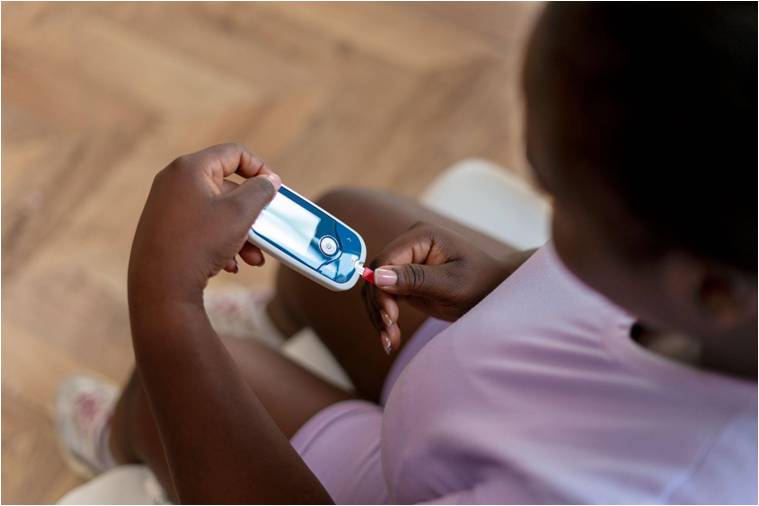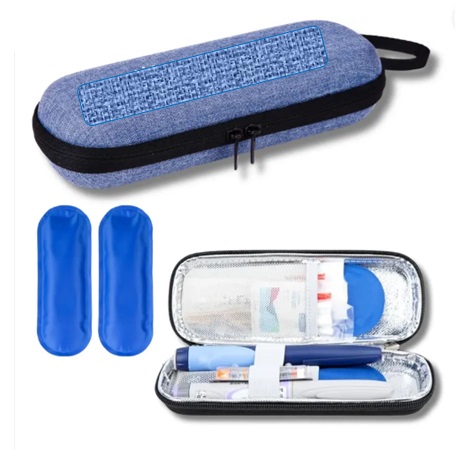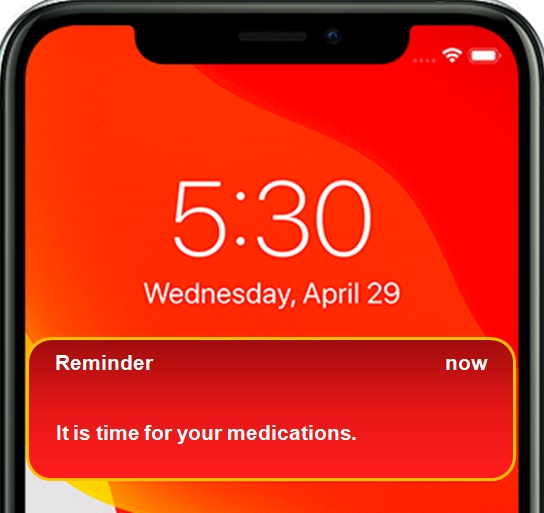By Chinonso Cynthia Ukah, BNSc, RN, RM, RPHN. Freelance Health Writer. Medically reviewed by: K Craig, MBBS, MPH.
Managing your blood sugar during air travel can be challenging especially if you have to maintain a normal glucose level throughout the journey. Here’s what to do during takeoff and when air bound

Wall clocks with different time zones. Freepik
If you're travelling by air to the south or north, you can use your existing insulin schedule. But if you're journeying west or east, you may have to discuss changes in your insulin schedule with your doctor before boarding.
Travelling to some locations shortens or lengthens your day. For instance, travelling west (e.g., from Africa to the U.S.) extends your day, meaning you might need extra doses of rapid-acting (bolus) insulin before your next dose of long-acting (basal) insulin to keep blood sugar stable.
If you're travelling east (e.g., from Africa to Asia), your day becomes shorter, which means you may need to reduce your dose of long-acting insulin to avoid the risk of hypoglycemia.
Set reminders for when to take your medication on your phone so you don’t miss a dose due to jet lag.
If you have to eat a carbohydrate-heavy meal before or during your journey, pair it with lean protein and fiber to slow digestion and prevent blood sugar spikes.
Water or unsweetened tea are better choices to soda and juices for purposes of keeping your sugar levels steady.
Most African airlines don’t guarantee a diabetes-friendly meal, so it’s safer to pack meals that have been recommended by your doctor or nutritionist.
Drink water regularly throughout your journey. Flying dehydrates you faster and can raise your blood sugar.
Don’t wait until you’re thirsty to drink. By the time you feel thirsty, you’re already dehydrated. So, keep sipping water consistently.
Avoid coffee, energy drinks, and alcohol. They dehydrate you even more and raise your blood sugar level.
Monitor your blood sugar more often than usual. Changes in cabin pressure and altitude can affect insulin absorption, so check your levels regularly during the flight.

A black lady checking blood sugar level with glocose meter and test strip.
If you use an insulin pump, air pressure can cause them to deliver extra doses of insulin and your risk of hypoglycemia (low blood sugar). Double-check your settings and be ready to adjust if needed.
Insulin is sensitive to temperature changes. Too much heat can make it ineffective, while freezing can destroy it completely. So, travelling with it requires extra care. Here’s how to keep it safe and effective no matter where you're travelling to.

A sample insulin cooler bag with two ice packs (Hard case).
An insulated carrier case keeps your insulin cool without the risk of freezing throughout your trip. This can happen with standard ice packs or gel packs. If you’re using ice packs, wrap insulin in a cloth to avoid direct contact with freezing surfaces.
.jpg)
A portable insulin medical cooler.
For longer trips, a portable medical cooler is the safest option. Unlike regular coolers, these are designed to maintain a stable temperature without the risk of freezing. Place insulin in the main section of the cooler, not directly against frozen packs.
After arriving at your destination, there are essentials you must look out for to keep your blood glucose levels at a normal range.
1. Avoiding post-flight spikes
.jpg)
A black lady checking her blood sugar with a glucose meter. Source: Freepik
After a flight, stress, dehydration, and disrupted routines can cause blood sugar fluctuations. Check your glucose levels as soon as you land and drink water to stay hydrated. If your levels are high, take a short walk to help regulate your blood sugar.

Set reminders on your ohone to avoid missing your medications.
Changing time zones can disrupt your medication schedule. Work with your doctor to adjust your insulin or medication timing gradually. Set reminders on your phone to avoid missing doses.
.jpg)
Always have diabetes friendly healthy snacks available.
Airports and new destinations may have limited food options. Research diabetes-friendly restaurants beforehand, and carry snacks like nuts, unsweetened cracker biscuits, roasted plaintain chips and caramel free protein bars to avoid sudden blood sugar crashes.
Yes. Flying can impact blood sugar levels due to stress, dehydration, time zone changes, and altitude. It’s important to check your blood sugar more often during the flight and stay hydrated.
Keep your insulin in an insulated travel pouch or a medical-grade cooler with ice packs. Never store it in checked luggage, as cargo holds can get too hot or cold.
While a doctor’s note is not always required, it’s recommended especially for domestic and international flights in regions where airport personnel may not be familiar with your medications and medical devices. A letter stating your diabetes condition and medical supplies can help avoid delays at airport security.
Yes. You can bring your glucometer, test strips, and lancets in your carry-on. However, lancets should be packed with your glucometer or insulin to show they are for medical use.
Most African airlines don’t automatically offer priority boarding to diabetics. However, if you have a medical condition that requires extra time to settle in, you can request it.
Practice relaxation techniques like deep breathing or listening to calming music during your journey to avoid stress.
Know the signs of high and low blood sugar and when to raise an alarm.
Research pharmacies at your destination to find where you can get insulin or diabetes supplies if needed.
1. Ugurlu M. Flight and diabetes. Anatol J Cardiol. 2021;25(Suppl 1):20-23. doi:10.5152/AnatolJCardiol.2021.S108. Available from here
2. Centers for Disease Control and Prevention. Tips for travelling with diabetes. [Internet]. 2024 May 15. CDC Atlanta, [Cited 2025 Mar 30]. Available from here
3. Cambridge University Hospitals NHS Foundation Trust. Travelling with diabetes and insulin injections [Internet]. 2024 April 4. [Cited 2025 Mar 30]. Available from here
4. HealthXchange, Singapore. Travelling with diabetes: What to pack and how to store insulin. [Internet, n.d.]. [Cited 2025 Mar 30]. Available from here.
5. Diabetes UK. Travel and diabetes. [Internet, n.d.]. London [Cited 2025 Mar 30]. Available from here
Related:
Published: April 20, 2025
© 2025. Datelinehealth Africa Inc. All rights reserved.
Permission is given to copy, use and share content for non-commercial purposes without alteration or modification and subject to source attribution.
DATELINEHEALTH AFRICA INC., is a digital publisher for informational and educational purposes and does not offer personal medical care and advice. If you have a medical problem needing routine or emergency attention, call your doctor or local emergency services immediately, or visit the nearest emergency room or the nearest hospital. You should consult your professional healthcare provider before starting any nutrition, diet, exercise, fitness, medical or wellness program mentioned or referenced in the DatelinehealthAfrica website. Click here for more disclaimer notice.